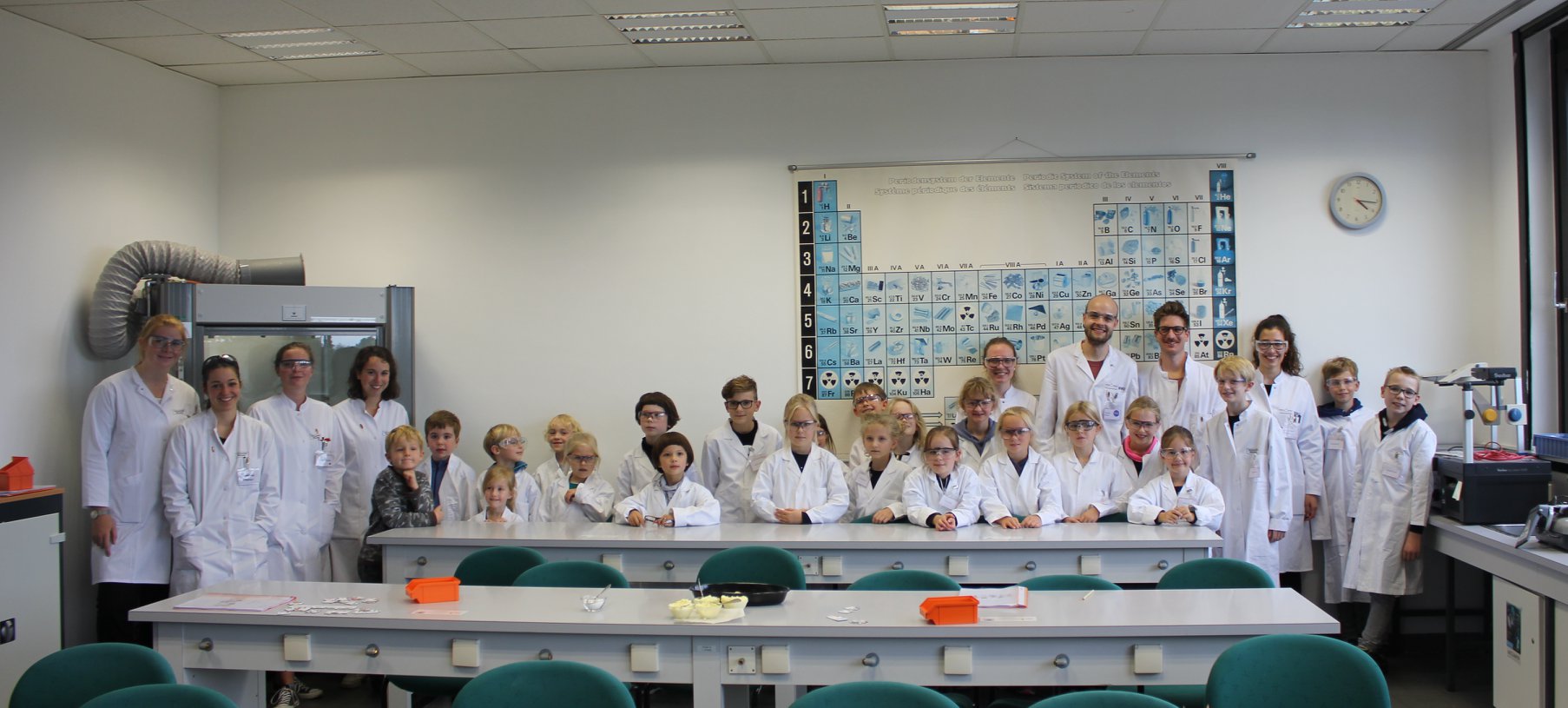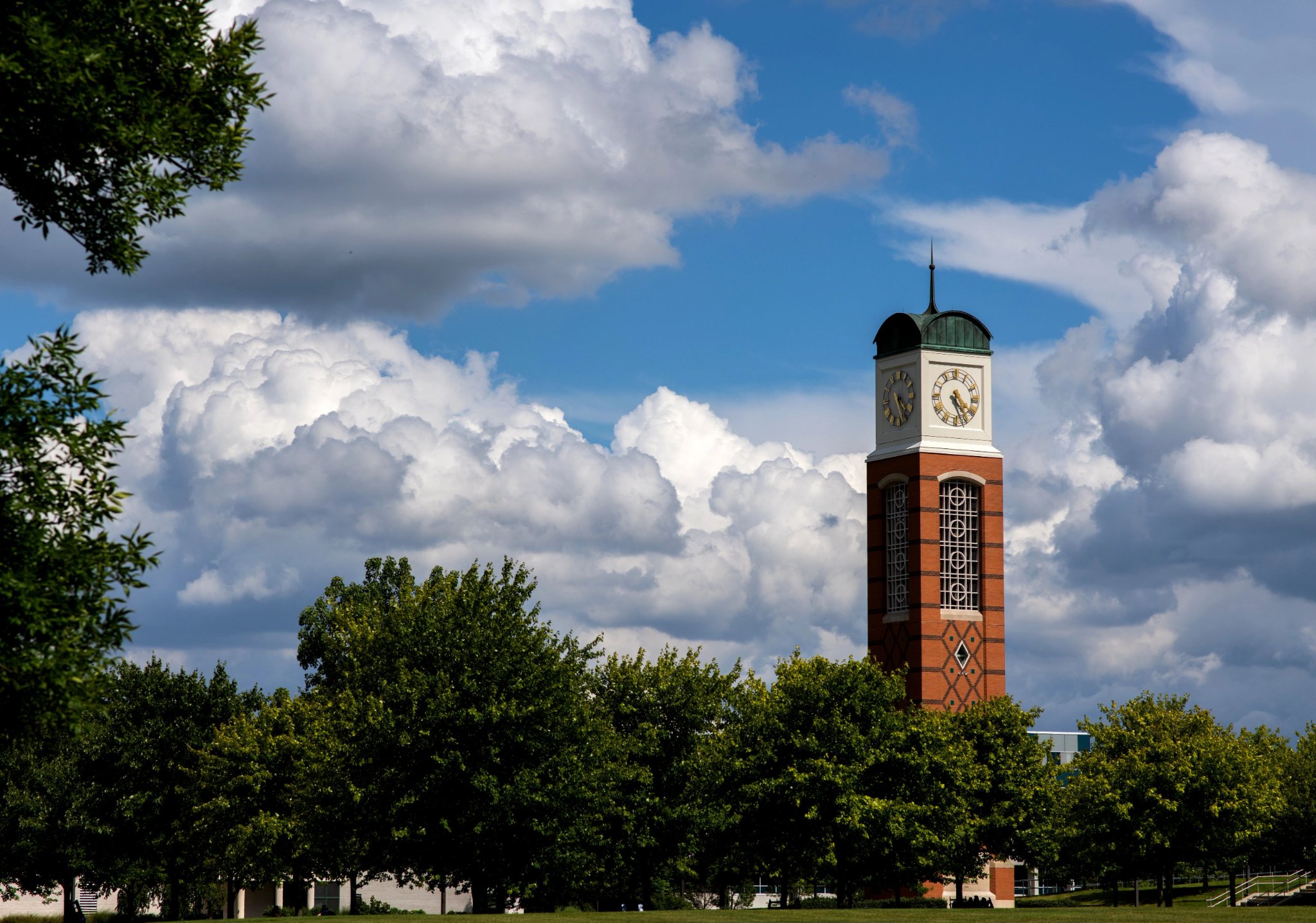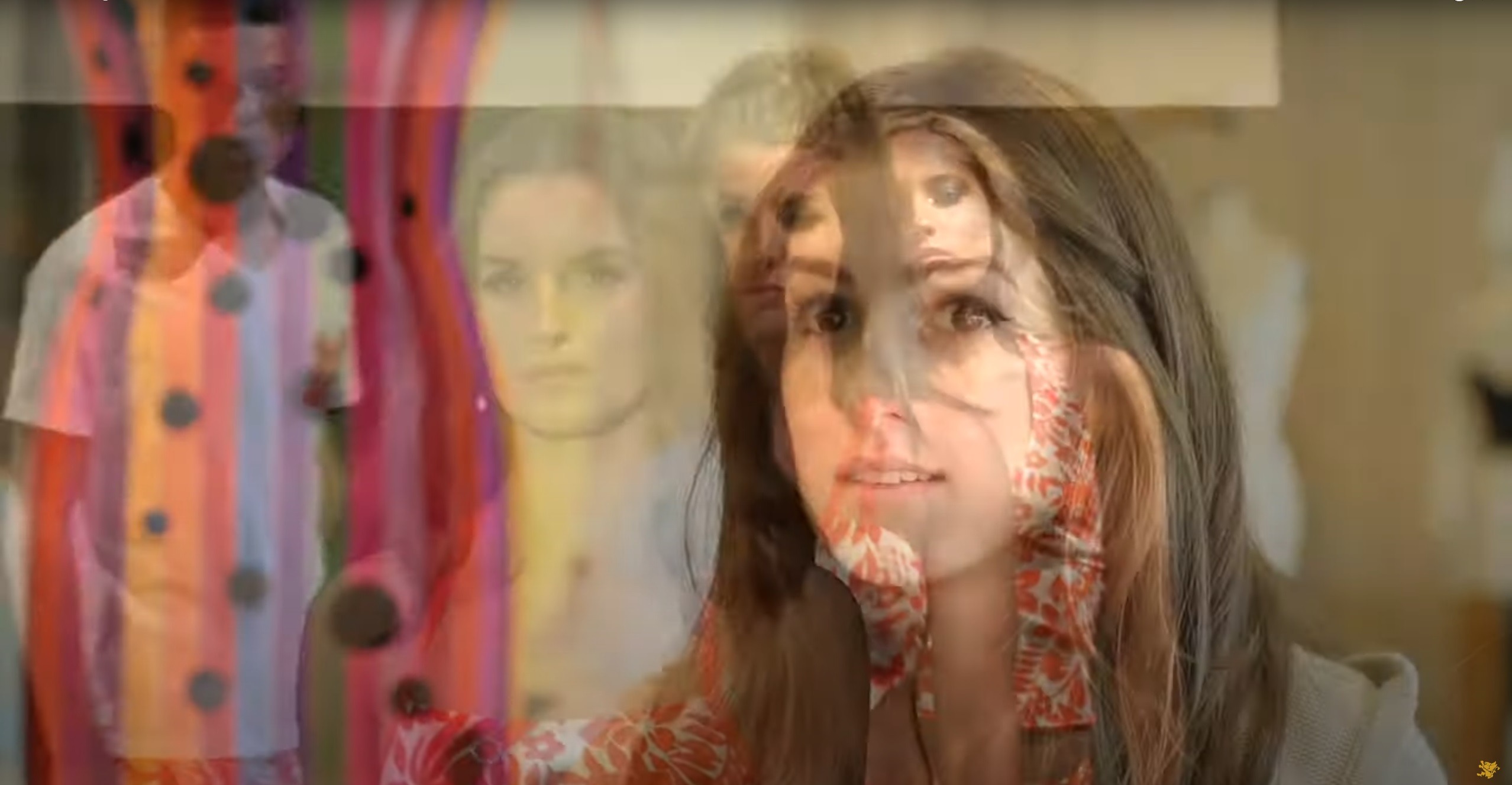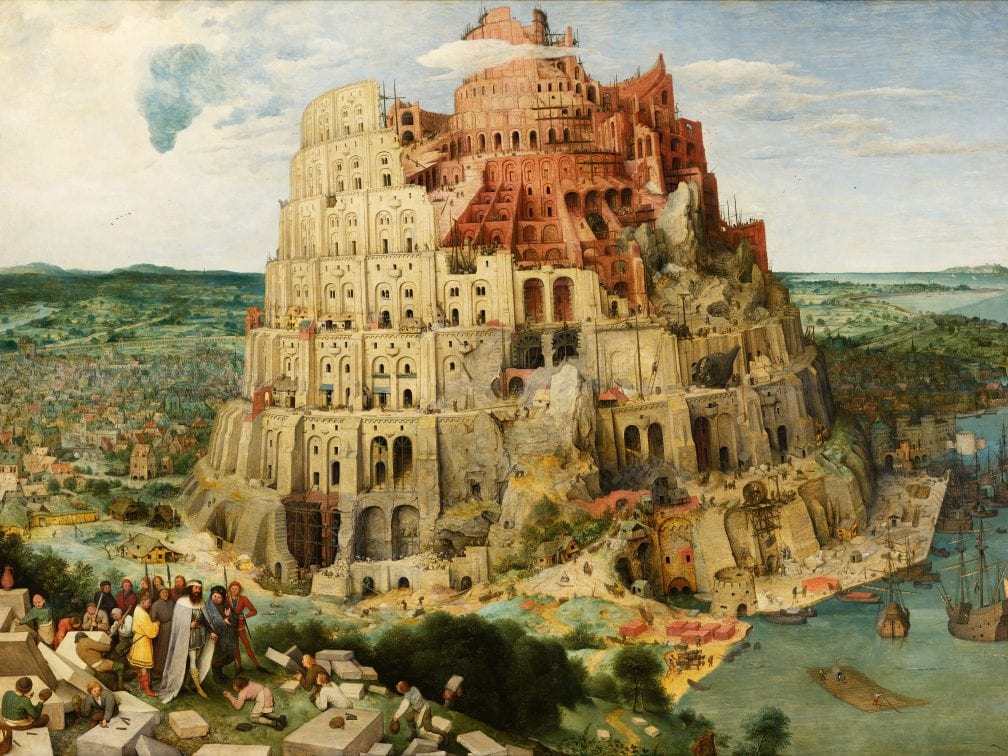Checking out the newly opened Lab5 at @OISTedu pic.twitter.com/emkYomeB3R
— Prof. Síle Nic Chormaic (@SileNicChormaic) April 4, 2023
Standards für die Präanalytik
- Home Page 37

Standards für die Präanalytik
Higher Education Laboratories
2024 GROUP A PROPOSED CHANGES TO THE I-CODES: Complete Monograph (2658 pages)
Note the following changes in the transcript above:
Section 702 (Rated Construction), FS44-24 Installer Qualifications (typical marketmaking), Section 3801 (Materials exceeding the Maximum Allowable Quantity), F59-24 (Battery Containment Areas), F81-24 (Health Care Facility Plugs), F112-24 (Lithium Ion Battery Labs), F197-24 (Market making, laboratory oven protection study), F235-24 (Hazardous Materials Classifications & quantity limits).
Safety and sustainability concepts for research and healthcare delivery cut across many disciplines and standards suites and provides significant revenue for most research universities. The International Code Council provides free access to current editions of its catalog of titles incorporated by reference into public safety law. CLICK HERE for an interactive edition of Chapter 38 of the 2021 International Fire Code.
During today’s colloquium we will examine consultations for the next edition in the link below:
2021 International Fire Code Chapter 38 Higher Education Laboratories
We encourage our colleagues to participate directly in the ICC Code Development process. The next revision of the International Fire Code will be undertaken accordingly to next ICC Code Development schedule; the timetable linked below:
2024/2025/2026 ICC CODE DEVELOPMENT SCHEDULE
We encourage directly employed front-line staff of a school district, college or university that does not operate in a conformance/compliance capacity — for example, a facility manager of an academic unit — to join a committee. Not the Fire Marshall. Not the Occupational Safety Inspector. Persons with job titles listed below:
- Fire Safety System Designer
- Fire Alarm Technician (Shop Foreman)
- Building Commissioner
- Electrical, Mechanical Engineer
- Occupational Safety Engineer
These subject matter experts generally have a user-interest point of view.
Contact Kimberly Paarlberg (kpaarlberg@iccsafe.org) for information about how to do so.
A warm welcome to our new master’s student, Prabhakar Bijalwan! Prabhakar enjoys performing new #Autocatalytic #Transamination #Metathesis reactions in our lab! #WasteReduction #Sustainability @UniFAU
Check out our first autocatalytic transamination: https://t.co/ZaA9TD787T pic.twitter.com/RLqrfxD4CR
— Svetlana Tsogoeva (@Tsogoeva_Group) April 3, 2024
Related:
2021 International Mechanical Code
2021 International Plumbing Code
2021 International Energy Conservation Code
Issue 16-69
Category: Fire Safety, Facility Asset Management
Colleagues: Joe DeRosier, Josh Elvove, Mark Schaufele
Chatty Cafe
This content is accessible to paid subscribers. To view it please enter your password below or send mike@standardsmichigan.com a request for subscription details.
The Harvard Club of New York City
This content is accessible to paid subscribers. To view it please enter your password below or send mike@standardsmichigan.com a request for subscription details.
The University Club of Providence
This content is accessible to paid subscribers. To view it please enter your password below or send mike@standardsmichigan.com a request for subscription details.
English Fry Up
Standards Massachusetts | Planning, Real Estate, and Facilities
Thankful for the misters during summer 2 move-out 🔥 💦 pic.twitter.com/bKgWE7qVnJ
— Northeastern U. (@Northeastern) August 13, 2025
8990 Grand River Ave, Detroit
“In the Barber Shop” by Ilya Bolotowsky (1934)
Painted for the Public Works of Art Project during the Great Depression
~3700 artists, ~15,000 paintingshttps://t.co/4DfkXSBB84https://t.co/Z1aqoY1zhW pic.twitter.com/qNDCEThOlD— Standards Michigan (@StandardsMich) March 15, 2025
Fashion Technology
Art presents a different way of looking at things than science;
one which preserves the mystery of things without undoing the mystery.
You can always be thinner, look better. https://t.co/Rlibaw8U8v pic.twitter.com/oSif9CNDbz
— 𝒩𝒶𝓉𝒶𝓁𝒾𝒶 (@classicspilled) November 23, 2025
Everyone would basically be 50% happier if everyone dressed a little better. Clothes are everywhere. Everyone doesn’t have to be a clothes hound, but if the girls looked pretty and the guys looked nice, people would be happier and even more optimistic about the future. pic.twitter.com/iQcNPL1cMl
— O.W. Root (@NecktieSalvage) July 17, 2024
Helpppp! Got a black tie wedding next month 💒 and narrowed the dresses down to four!! But which one?! pic.twitter.com/f4XZmXeJx4
— Miss Gauld (@miss_gauld) April 5, 2024
Speaking of storms…Photo of an apple orchard in Ireland after a storm.
by Tony Egan pic.twitter.com/EFWQzCtUkz— Edward Elderman (@edwereddie) October 10, 2024
International Building Code Definitions: Chapter 2
2021 IBC Chapter 2: Definitions
2024/2025/2026 ICC CODE DEVELOPMENT SCHEDULE
Complete Monograph (2650 pages) | Note our proposal on Page 754
“All language is but a poor translation.”
― Franz Kafka
The Impossibility of Translating Franz Kafkahttps://t.co/OotULfVwA5@ASTMIntl
Standard Practice for Assessing Language Proficiencyhttps://t.co/RQVv3TJs2k pic.twitter.com/EZax9evtNL— Standards Michigan (@StandardsMich) April 25, 2021
“Ever wondered what would happen if elevator’s didn’t have buttons and relied on vocal recognition instead?”
The Scottish Comedy Channel | @ComedyUnit
Language is the only homelandhttps://t.co/fulQaBUBDChttps://t.co/mrQCfy4niM pic.twitter.com/8ipdyFLPuW— Standards Michigan (@StandardsMich) July 11, 2024
‘Girls tell about their time at Canadian College of English Language’https://t.co/SKYf5gNZLXhttps://t.co/fsQaxC1L69 pic.twitter.com/FBywkbB1BY
— Standards Michigan (@StandardsMich) July 1, 2024
New update alert! The 2022 update to the Trademark Assignment Dataset is now available online. Find 1.29 million trademark assignments, involving 2.28 million unique trademark properties issued by the USPTO between March 1952 and January 2023: https://t.co/njrDAbSpwB pic.twitter.com/GkAXrHoQ9T
— USPTO (@uspto) July 13, 2023
Standards Michigan Group, LLC
2723 South State Street | Suite 150
Ann Arbor, MI 48104 USA
888-746-3670




















